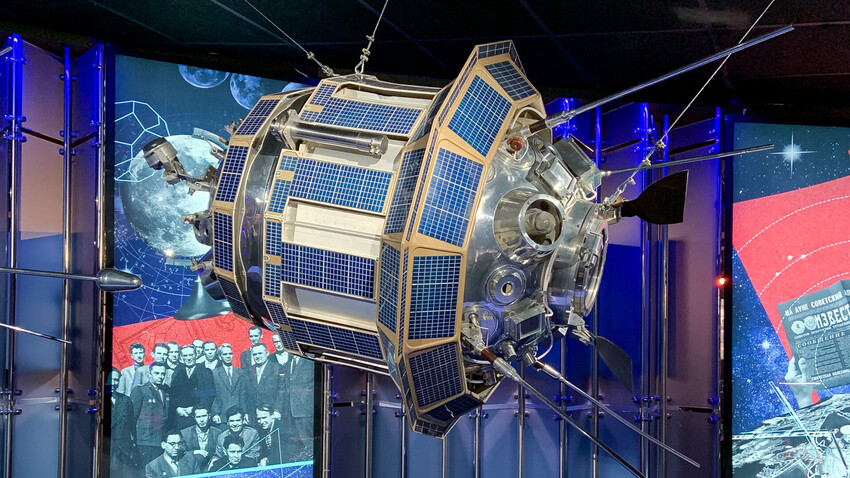
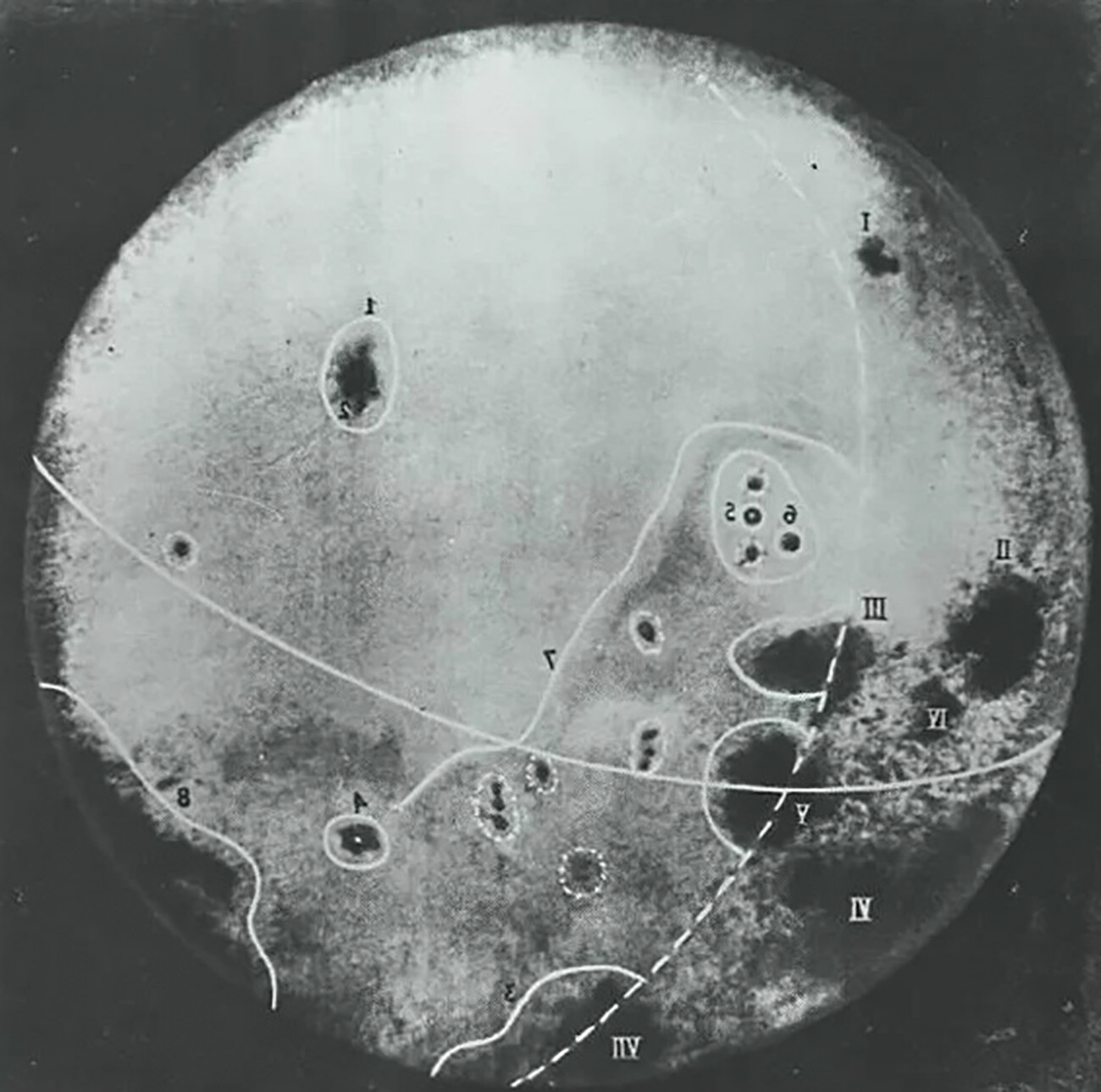
In the 1960s-1970s, a real Moon Race broke out between the USSR and the U.S. Over 17 years, the Russians sent 24 spacecraft to the Moon in hopes to become its first colonizers. Working with unmanned units is “microscopical in terms of precision, control; an incredible operation”, as astronaut Alexey Leonov recalled. And, although the USSR couldn’t manage, in the end, to land a man on the Moon, losing the race to the U.S. - in terms of unmanned units, the Soviets had amazing results.
Consider this, for example: In 1971, two Soviet rovers rolled across the lunar surface for 9 months each, sending incredible footage back.
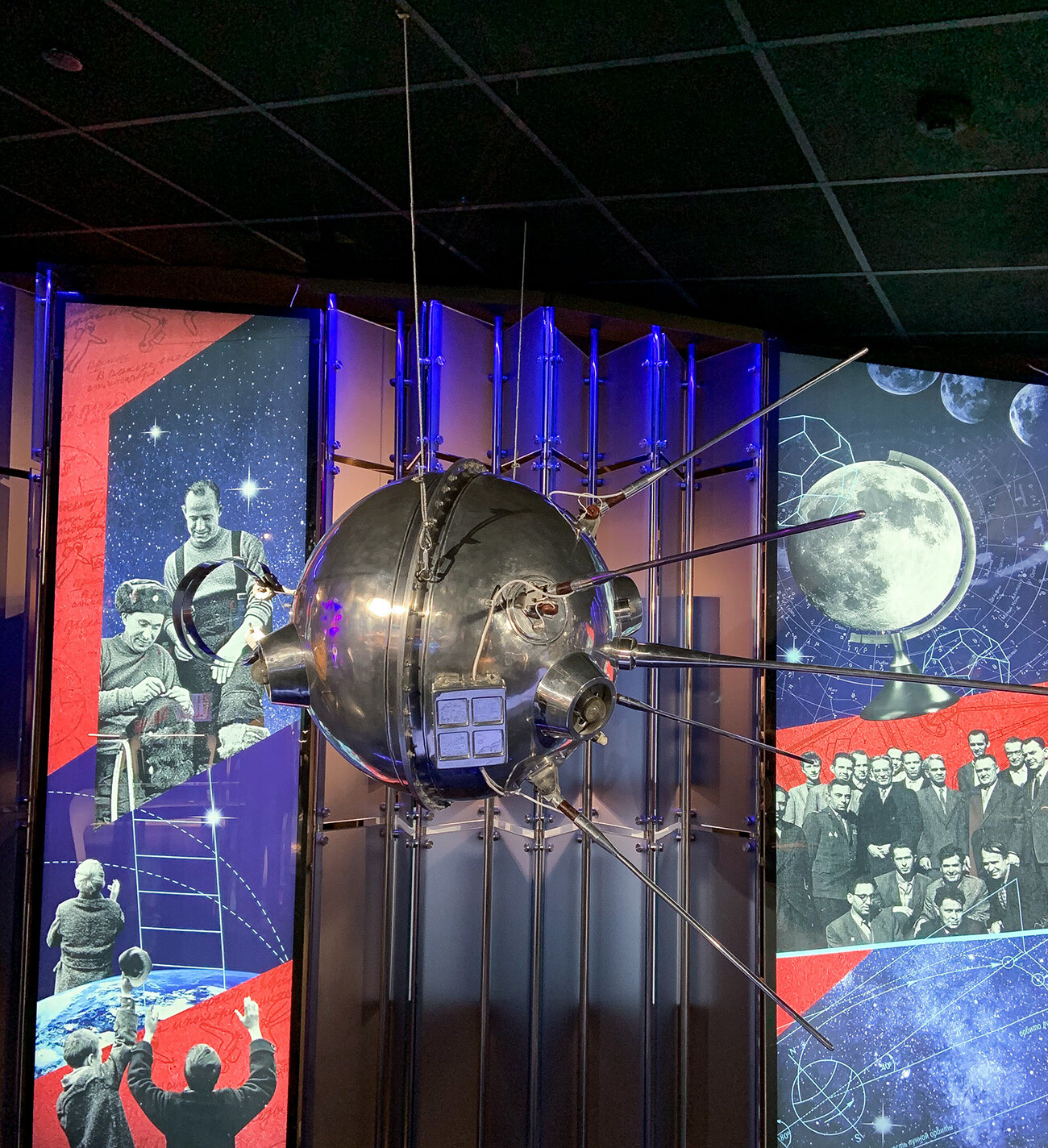
The spacecraft went to space on January 2, 1959, and became the first spacecraft in the world sent towards the Moon. It successfully reached escape velocity and overcame gravity, but couldn’t reach the Moon itself.
‘Luna-1’ missed its mark by 6,000 kilometers and entered a heliocentric orbit, becoming an artificial satellite of the Sun. The spacecraft was functioning properly, the “miss” happened due to an error in the commands sent to it.
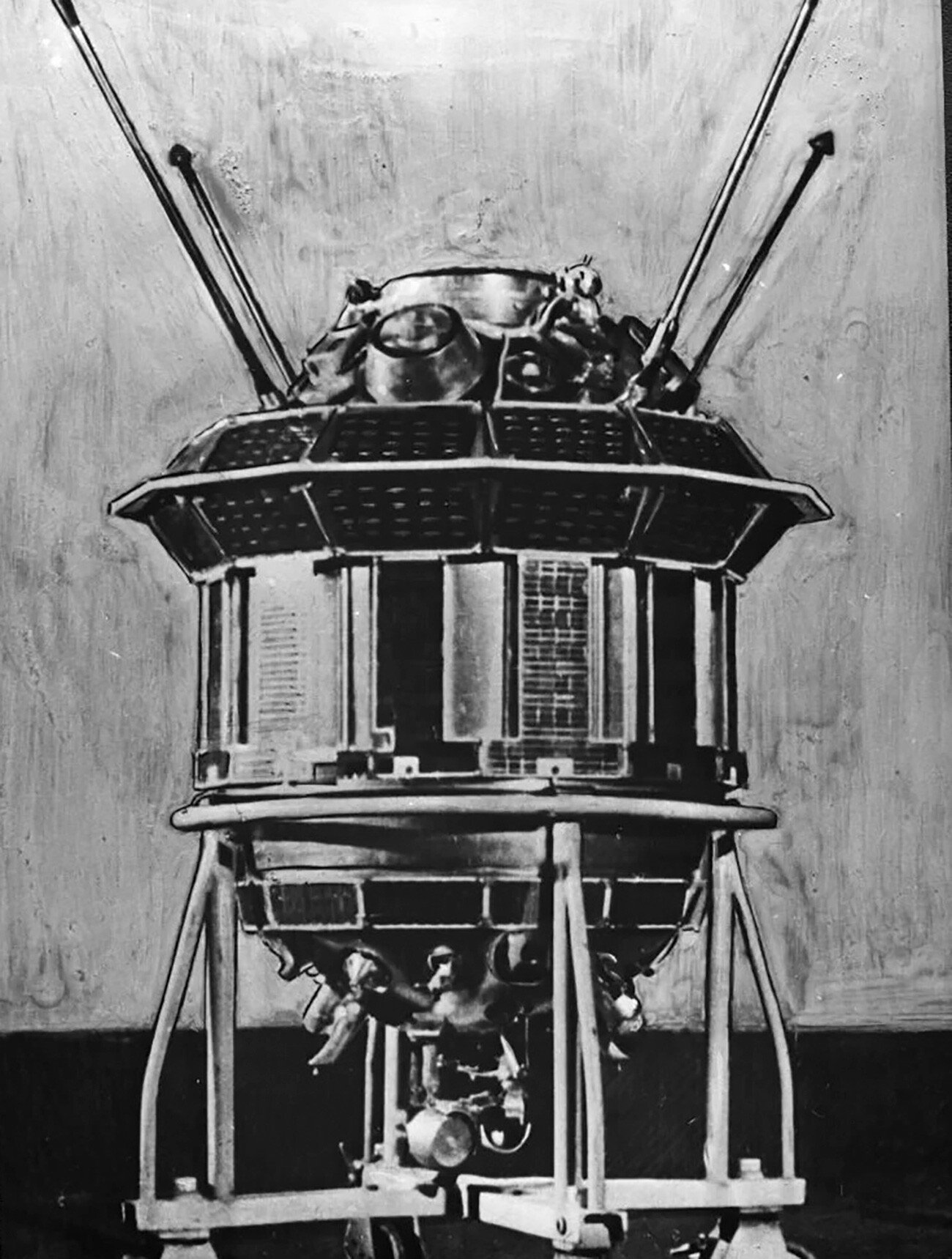
The next spacecraft was launched in just half a year – and, this time, the experiment was successful. ‘Luna-2’ is the first object in the history of humanity that reached Earth’s satellite. It discovered solar wind on the surface of the Moon and collected accurate data. As it turned out, the Moon’s own magnetic field and radiation belt are almost non-existent.
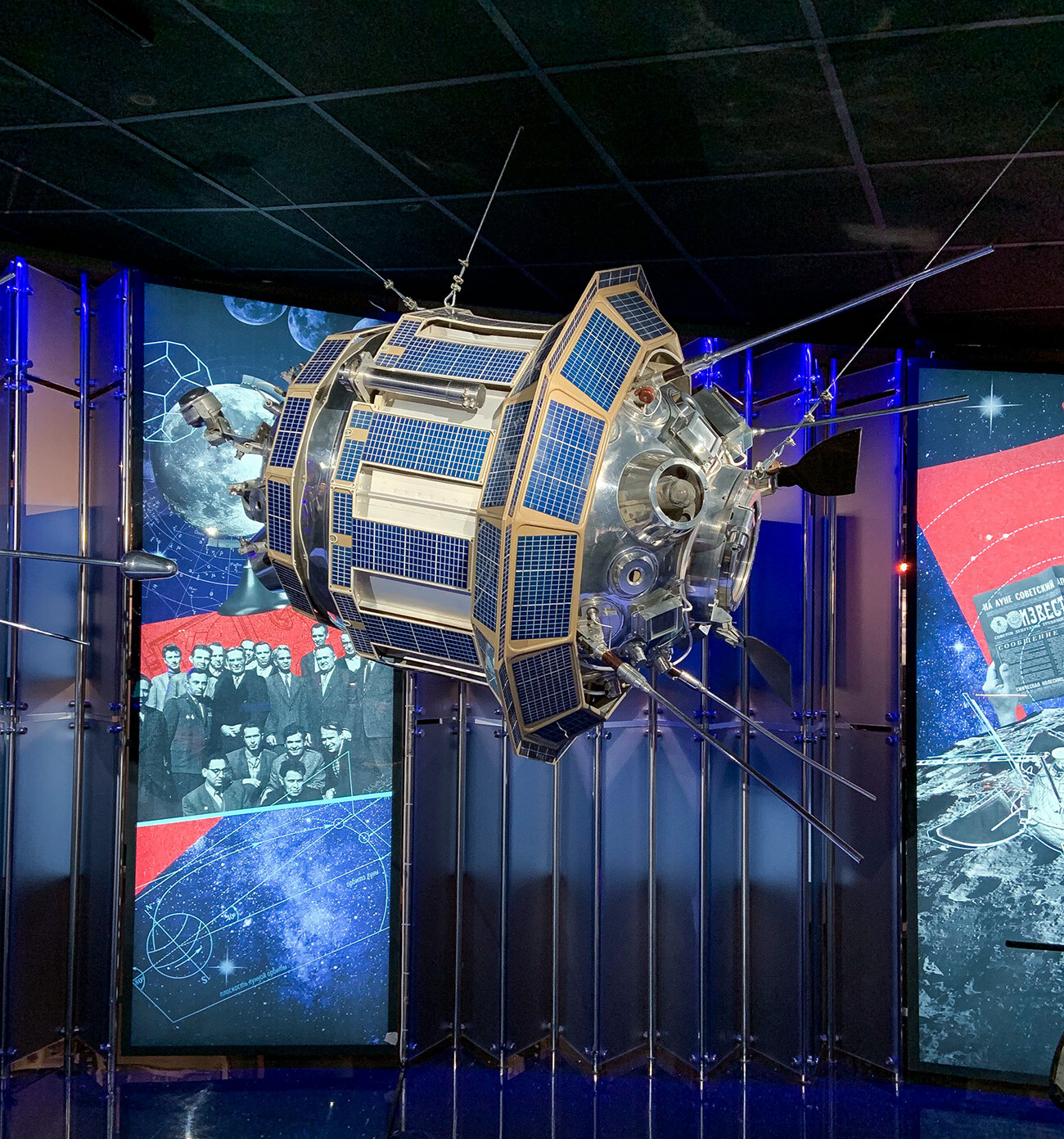
On October 4, 1959, ‘Luna-3’ took flight – the first spacecraft that took a photo of the reverse side of the Moon.
A funny story is linked to this event. Two years prior to the spacecraft’s flight, French winemaker Henri Maire and a Soviet consul met in Paris. They had a bet that no one would ever take a photo of the reverse side of the Moon. However, soon the photo appeared in all the newspapers of the world.
The winemaker kept his promise and sent a thousand bottles of champagne to the Academy of Sciences of the Soviet Union. One of the bottles ended up in the hands of the main engineer – Sergei Korolev. Along with newspaper clippings and the photo this bottle is now in the Museum of Cosmonautics.
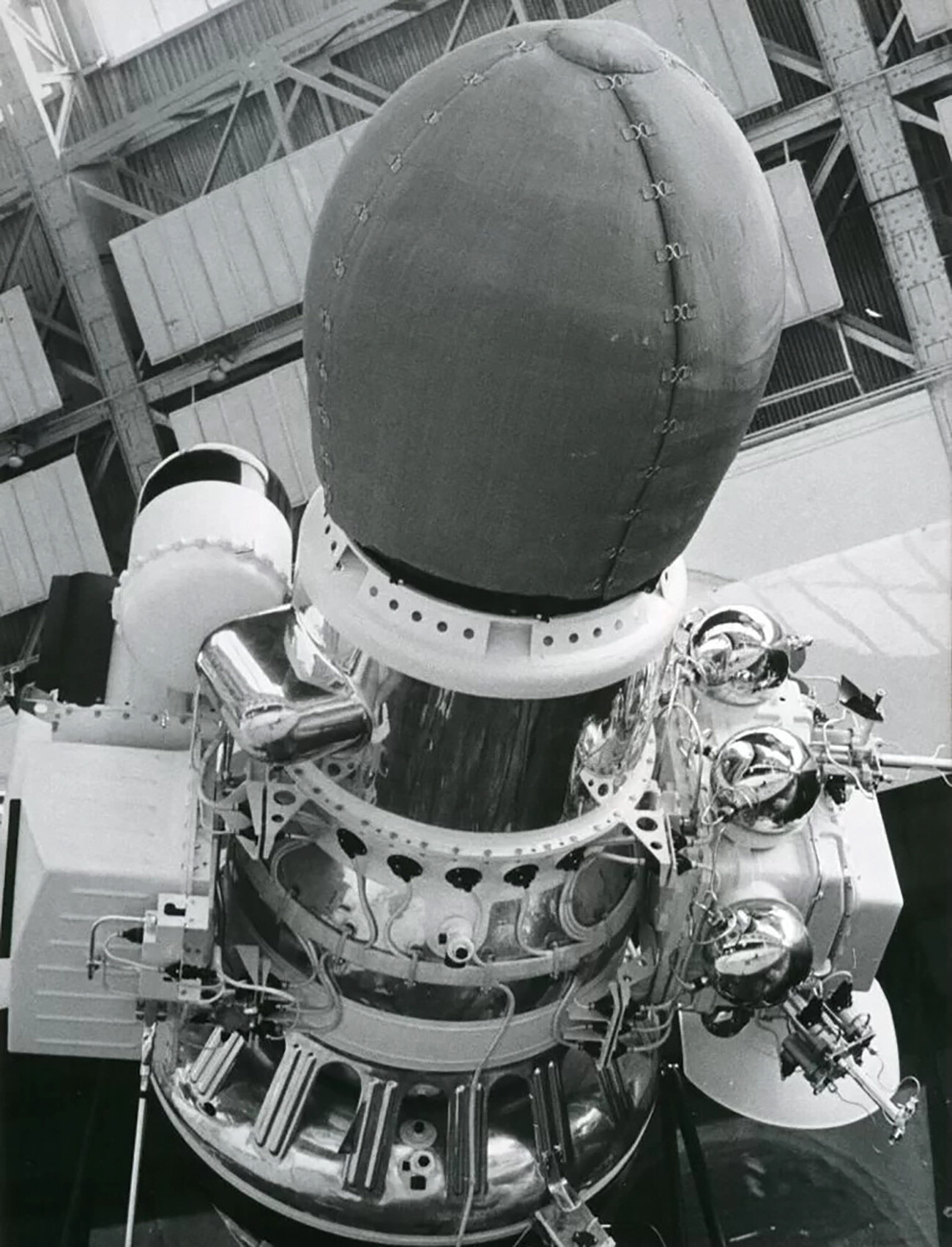
In 1966, the Soviet Union accomplished another achievement: the ‘Luna-9’ spacecraft completed a soft landing on the surface of the satellite for the first time, landing in Oceanus Procellarum. Thanks to that, the Earth received a lot of panoramic photos of the Moon’s surface, since before it had only been photographed from orbit or from Earth.
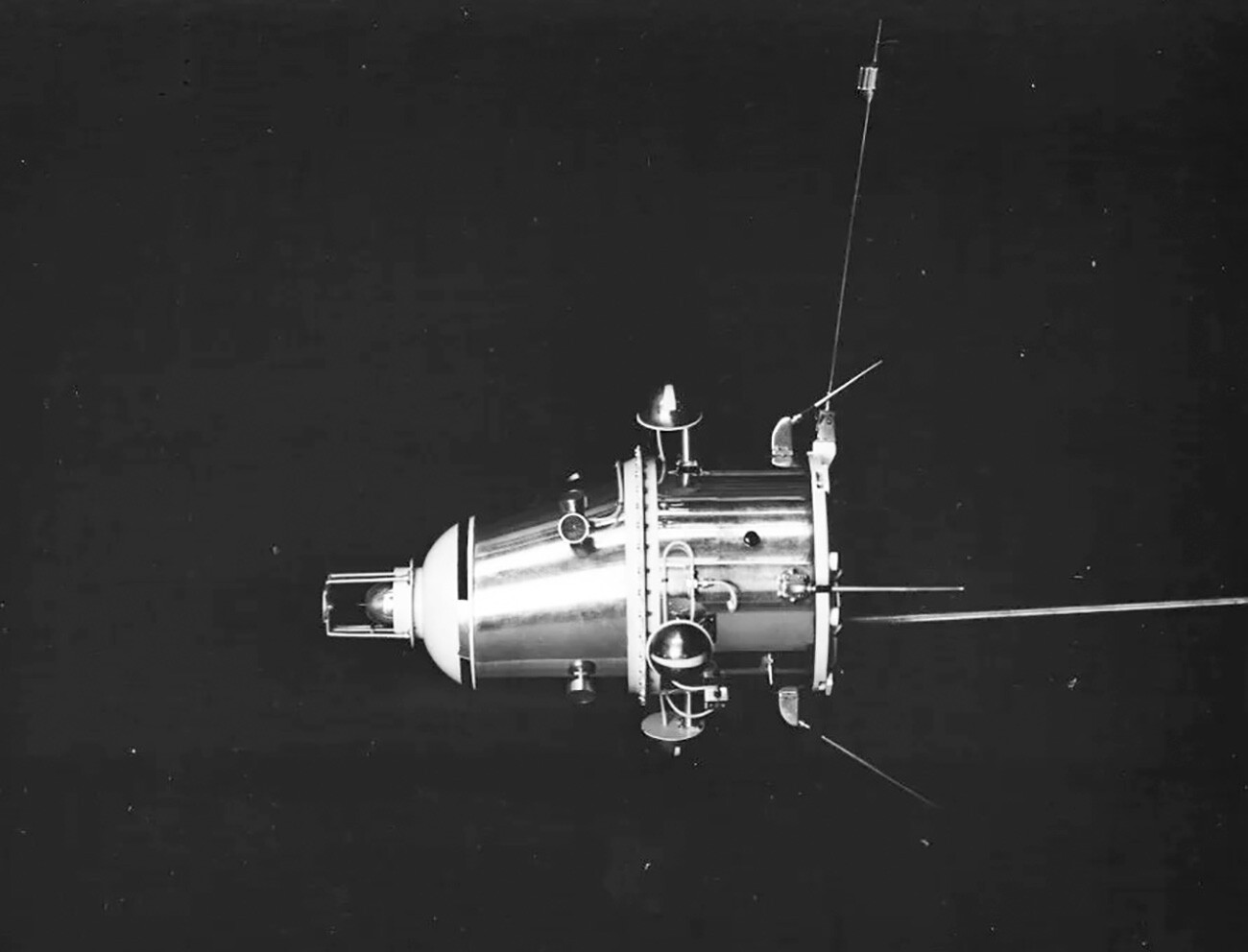
Having learned a lot of new information about the surface of the Moon, a question arose about exploring the space around the Moon. On April 3, 1966, the first artificial satellite of the Moon, ‘Luna-10’, entered its orbit.
The satellite was a true flying laboratory – having worked for 56 days, it gathered a lot of new data. In particular, it discovered the anomalies of the Moon’s gravity field: in some areas, gravity was stronger than in others.
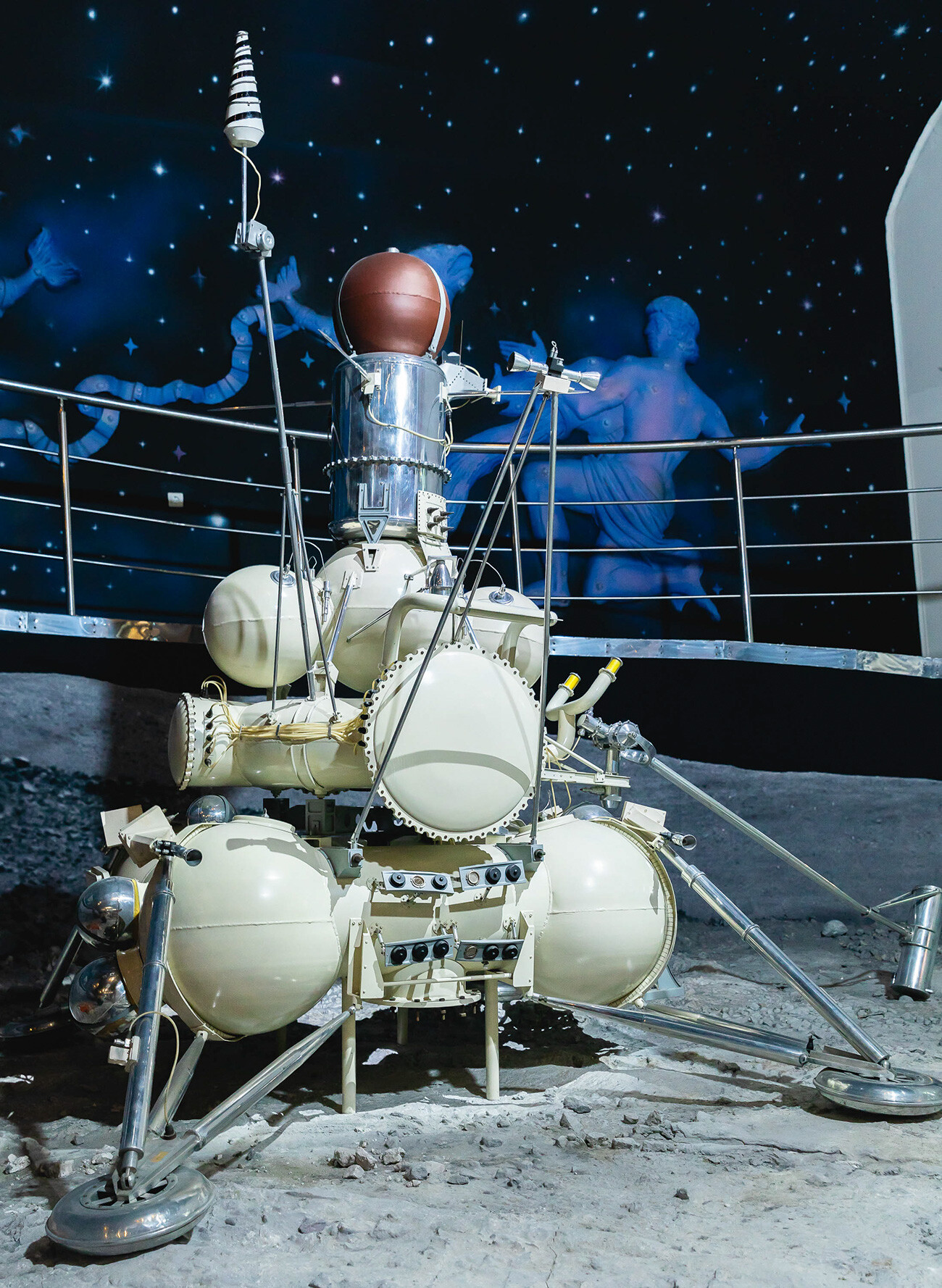
In 1970, this spacecraft landed in Mare Fecunditatis and took 101 grams of Moon soil – called ‘regolith’. A day later, it started towards Earth and became the first robot to deliver soil from another celestial body.
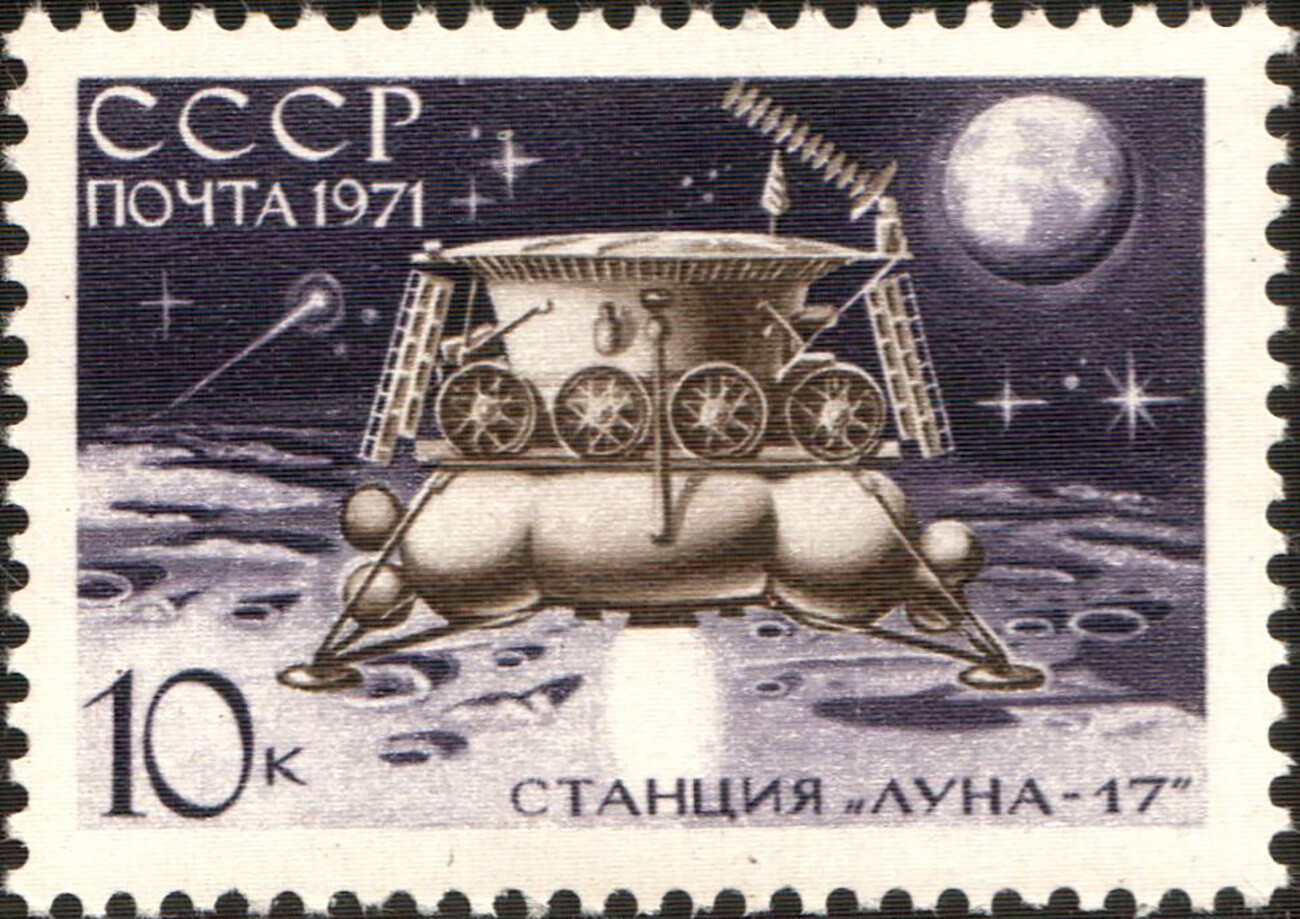
The same year, the first lunar rover – ‘Lunokhod 1’ – drove on the Moon. It was delivered to the region of Mare Imbrium by the ‘Luna-17’ spacecraft. The rover worked on the surface for 322 days and covered more than 10 kilometers of lunar surface. It was controlled from Earth via radio link. On March 8, 1971, in honor of International Women’s Day, a giant digit ‘8’ was drawn on the surface of the Moon by the rover.
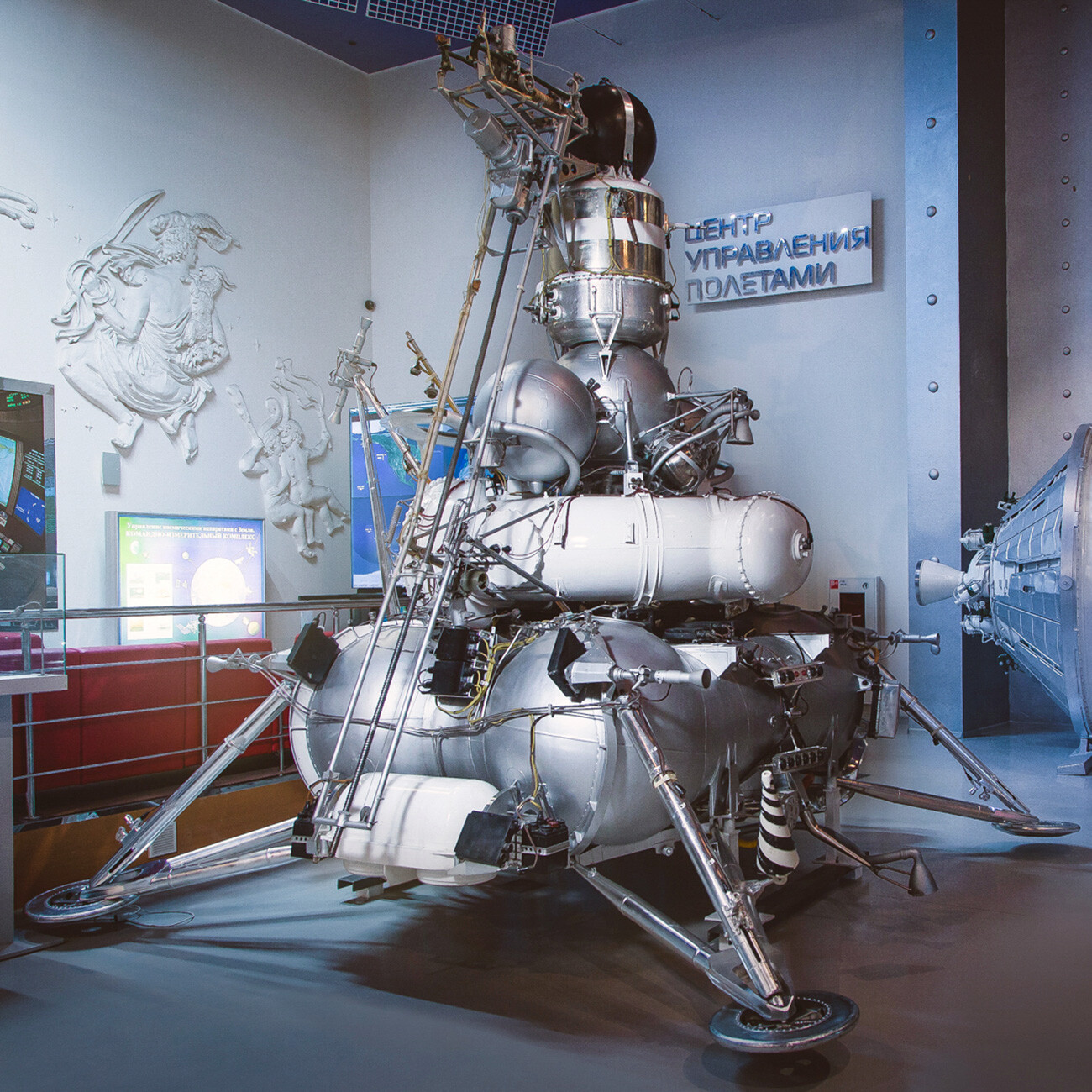
In 1976, the Soviet Union sent a spacecraft to space that landed on the Moon for the last time. Having landed in the region of Mare Crisium, on the very edge of a crater, ‘Luna-24’ took a soil sample from a depth of two meters; Soviet scientists managed to prove that it had a small amount of water. However, the Soviet lunar program ended there – interest towards lunar exploration had dwindled, along with financing.
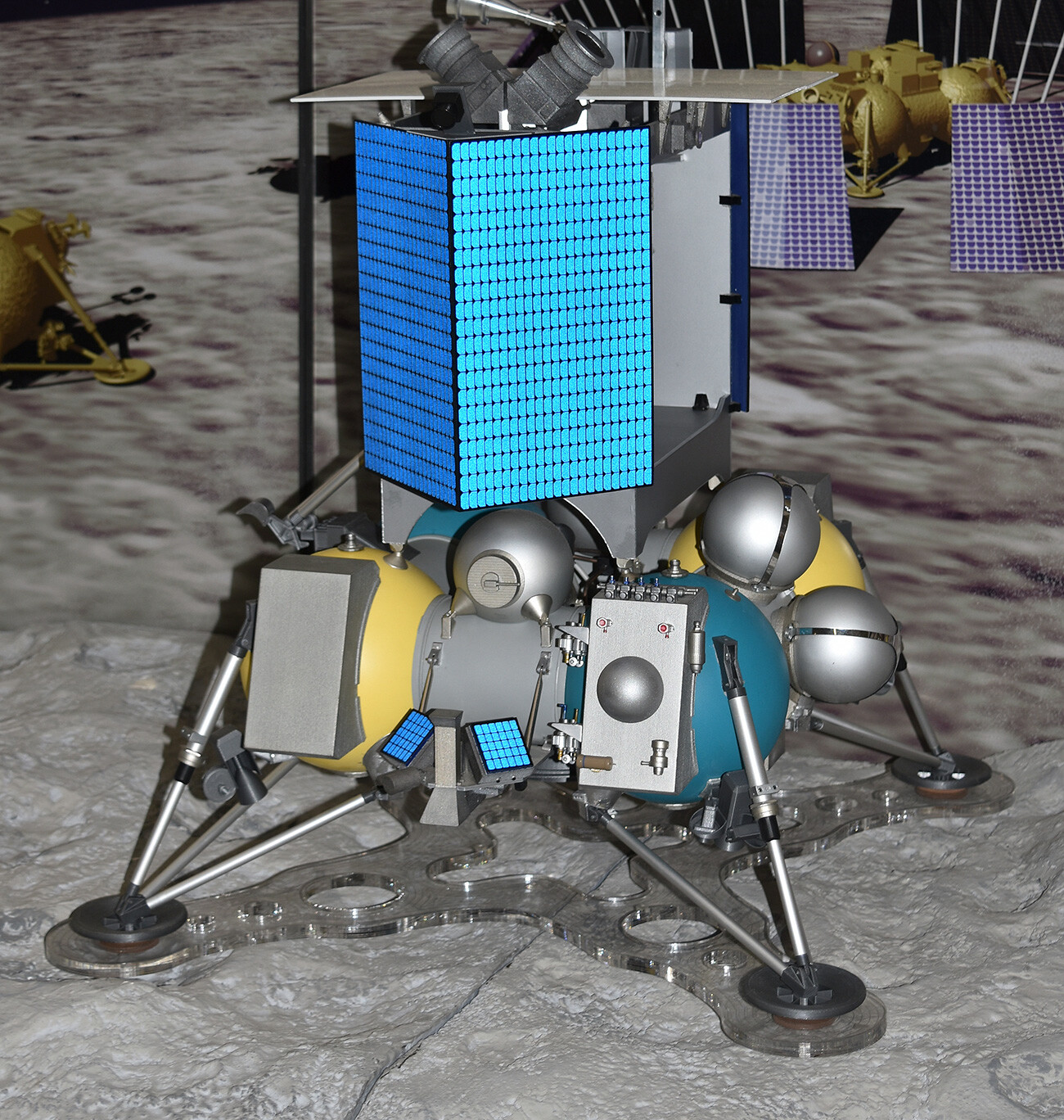
On August 11, 2023, the ‘Luna-25’ unit took off to the Moon – the first lunar spacecraft in the contemporary history of Russia. The spacecraft’s goal is to land in the region of the Moon’s south pole (prior to that, all landings were carried out in the mid-latitude regions of the Moon, since it was easier), where the spacecraft will explore potential polar permafrost and look for water in it. In the future, this is where Russia plans to establish its lunar base.
If using any of Russia Beyond's content, partly or in full, always provide an active hyperlink to the original material.
Subscribe
to our newsletter!
Get the week's best stories straight to your inbox